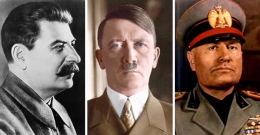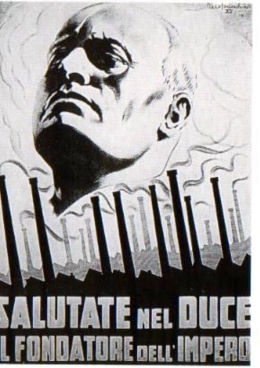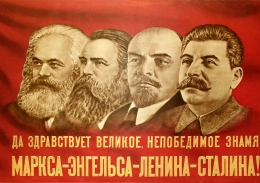Hai, Saya Luka Matic, Mahasiswa D4 Perhotelan 2020 Sekolah Tinggi Pariwisata Trisakti. Saya merupakan Penerima Beasiswa Prestasi Sekolah Tinggi Pariwisata Trisakti. Saya harap dapat membagikan sesuatu yang bermanfaat. Terima kasih.
In this first part I will write about development of propaganda in Italy, Germany and Soviet Union.
Introduction to propaganda
Propaganda is a set of special communication techniques for the purpose of mass influence, where manipulation is used to more precisely seduce the public through various symbols and the psychology of the mass and the individual, in order to provoke a reaction that is in the interest of the propagandist.
The word propaganda itself comes from the Latin word propagere, which means spreading.
Propaganda activity, as one of the forms of social communication, is as old as human communication itself. Although propaganda has been used, understood and interpreted differently in different historical epochs, propaganda communication has been an inevitable companion of all human communication in general, and its actions have left a strong mark on the development of human civilization.
The appearance of this term is related to 1622 and Pope Gregory XV, when the body of the Catholic Church "Congregatio de Propaganda Fide" was founded. This body composed of cardinals and high church dignitaries had the task of spreading the Catholic faith in an organized and efficient manner.
As scientific and technical advances began to develop "en masse" in the late 19th and early 20th centuries, propaganda began to be used in many more ways, through newspapers, radio, television, and the Internet as a means used by the public more and more.
Propaganda in Italy 1922-1943
Propaganda in Italy propagated the policy of the Fascist Party whose leader was Benito Mussolini. It forbade any other policy that opposed the fascist one and there was no freedom of speech and press. Although Italy was a kingdom at the time, the fascist dictator Mussolini had all the power. Propaganda promoted the idea of rebuilding the former Roman Empire. The Italians then called the Mediterranean Sea "Mare Nostrum" in translation, "Our Sea". That is the moment when Italian nationalism was awakened. Mussolini was an undisputed leader and lifelong dictator, nicknamed "Duce" by his people in translation of leaders. He skillfully manipulated and deceived the people with his gestures and speeches. However, Italian fascist propaganda did not take as many victims as, for example, Nazi propaganda in Germany. In 1943, Mussolini was overthrown by the Allies, conquering Italy, and fascism, as well as its propaganda, slowly began to disappear.
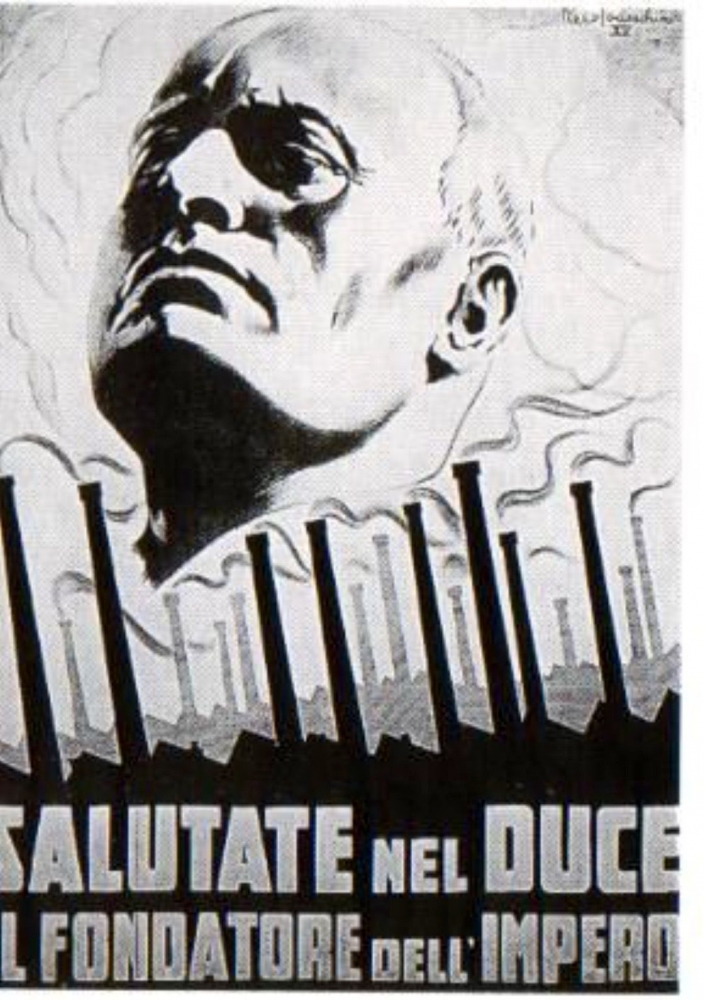
Propaganda in Nazi Germany 1933-1945
Nazi propaganda spread the ideology of its National Socialist Party and its leader Adolf Hitler, who gave great speeches full of hatred. It also propagated the pure Aryan race, the fight against the communists, the unification of all Germans into one state, and cruel anti-Semitic propaganda. Racism was one of the key features of propaganda in Germany, where people who had a different skin color or were of a different race were treated as a lower race.
All people of the lower race, Jews, Slavs, Roma and others were deported and killed by violent methods in concentration camps. The people did not really know what happened to them until 1945, when the allies discovered the truth. The head of Nazi propaganda was Hitler's closest and one of the most loyal collaborators, Josef Goebbels, who controlled the constantly growing propaganda machinery that affected the lives of citizens on a daily basis. The then regime forbade freedom of speech as well as publishing anything that was not in the interest of the party. The people were fascinated by the promises that their leader actually began to fulfill, the people believed in the superiority of the German people over the others. The propaganda was skillfully used at the Olympic Games in Berlin in 1936, when several thousand athletes, journalists and spectators from all over the world arrived in the German capital. Then the world got acquainted with the new, renewed Germany, which promoted the superiority and convincing victory of its athletes during the games. During the war, propaganda was based on German domination and victory over other nations. The German motto was "Deutschland Über Alles", which means "Germany Above All". In 1943, German military progress weakened and propaganda then called for a total war to the last man. As Germany lost the war in 1945, all Nazi activities and propaganda were banned, which is still banned in Germany today.
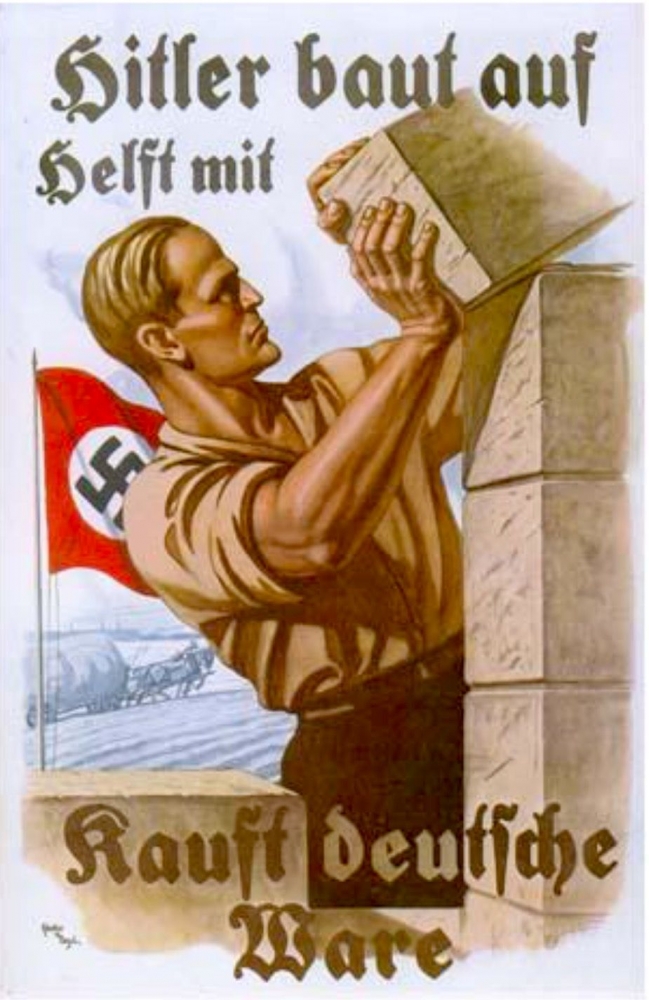
Propaganda in the Soviet Union 1922-1991
Communist propaganda in the USSR was based on the propaganda of the ruling Communist Party, in which the core of the teaching was Marxism-Leninism. It was initially used as a means against the church and the faith in general and the then Romanov dynasty, in 1917, when the October Revolution began in Russia. After a successful struggle after 5 years, the Soviet Union was founded. From its inception until its disintegration, propaganda played a major role. In the first years, when the USSR was still in development, propaganda instilled in the people some hope that in time they would really live better, the propaganda actually talked about how the country would make progress, which in reality was not the case, the standard of living was low. All those who opposed the Communist Party and its policies were characterized as traitors, foreign mercenaries, spies and mostly ended up in prisons. Propaganda came to the fore in the Second World War and it stimulated and instilled courage in the army and the people. Even then, propaganda was used through radio waves, cinemas and early television.
During the Cold War, it opposed capitalism and advocated the ideas of socialism and communism. Through the media, propaganda presented how people live in the USSR, how the state is actually in great progress, but in reality it lags behind other developed countries.
With the arrival of Mikhail Gorbachev as the party's general secretary in 1985, propaganda began to focus on reforms and democratization and the Glasnost and Presetrojka programs, when it was already clear that the USSR was approaching disintegration, which happened in 1991 when multi-party elections began and the emergence of the 15 independent states that made up the USSR.





